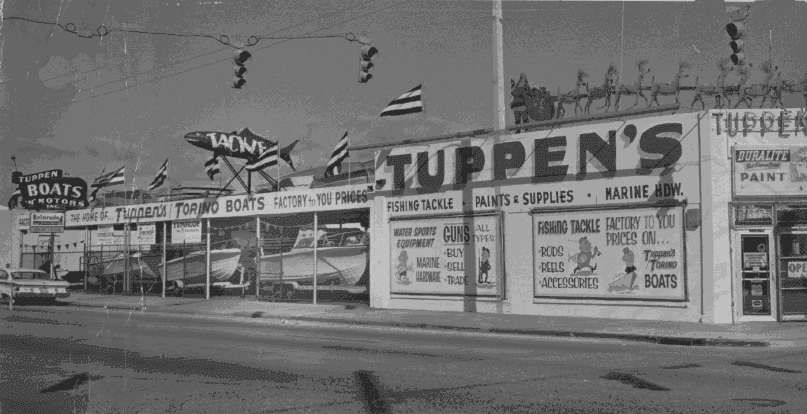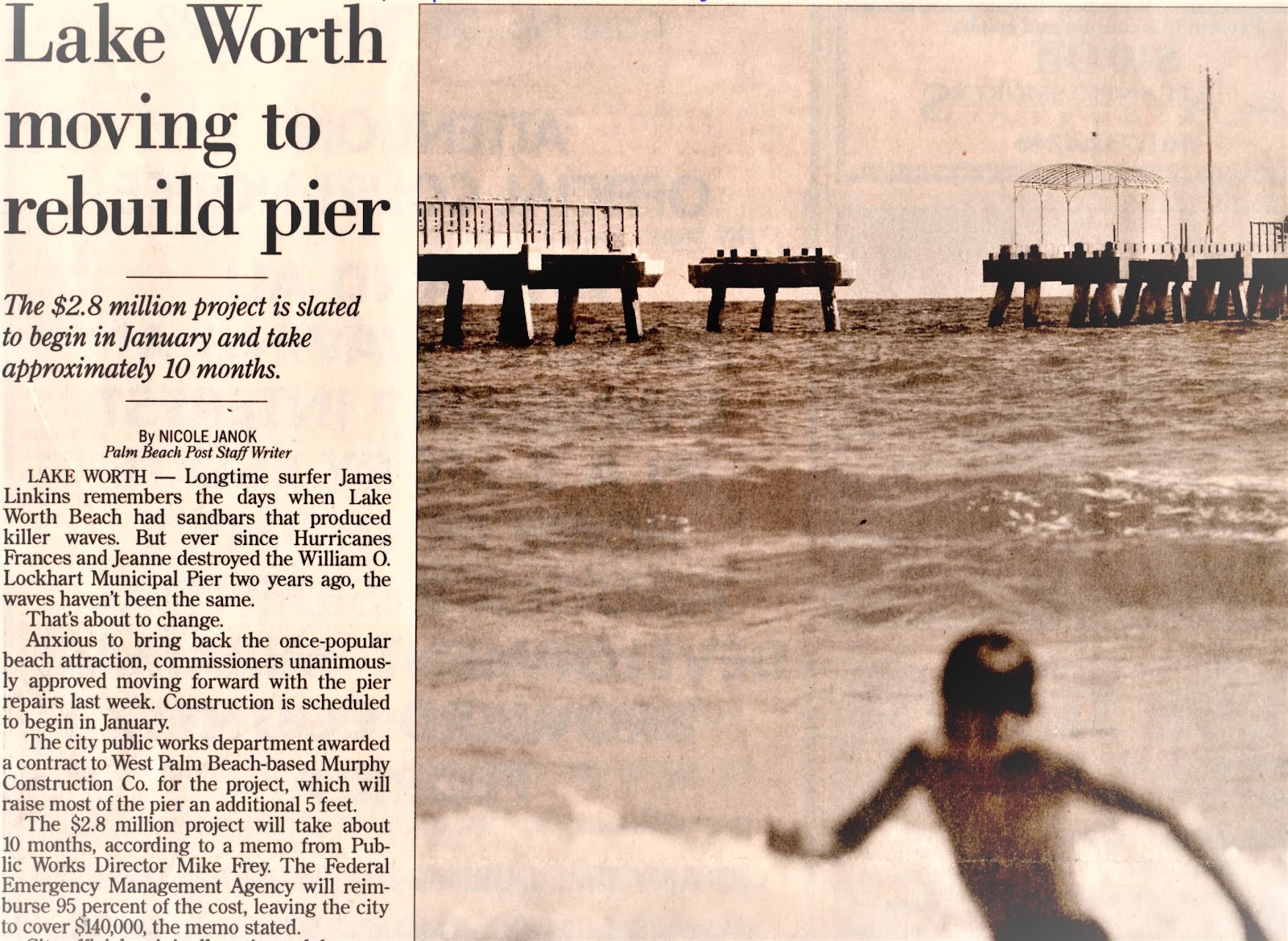It's not just the St. Lucie River. Check out this article - click title for link:
It's similar to the drainage problems in the Indian River Lagoon to the north, where much bigger discharges of Lake Okeechobee water combined with local runoff is killing fishing grounds, making water unsafe for swimming and prompting outrage from residents and businesses.
Everglades restoration that could get more Lake Okeechobee water flowing to the south offers a long-term alternative to damaging discharges to the coast, but it remains backlogged by costs and political hurdles.
Also, that restoration work takes billions of dollars and decades of construction — assuming federal and state leaders follow through — and in the meantime the damaging draining continues.
And then this:
The increased flood-control dumping from the canals throws off the delicate balance of salt and fresh water in the estuaries. It also brings pollutants and muck that make conditions worse by clouding the water and keeping much-needed sunlight from reaching the sea grass below the surface.
The Snook Islands Natural Area, just north of the Lake Worth Bridge, is one of the spots where water pollution from flood control discharges is killing habitat vital to fish, manatees and wading birds.
Taxpayers since 2005 have invested about $20 million in expanding seagrass beds and oyster reefs and planting mangroves — along with building a boardwalk, fishing pier, docks and other public access attractions — at the 100-acre marine habitat restoration project.
Snook Islands was a restoration success story, even becoming home to the largest concentration of Johnson's seagrass, a threatened species.
But a recent inspection in the wake of the polluting discharges revealed that all 42 acres of Johnson's seagrass is dead and oysters at the Snook Islands are "declining fast," Bates said.





